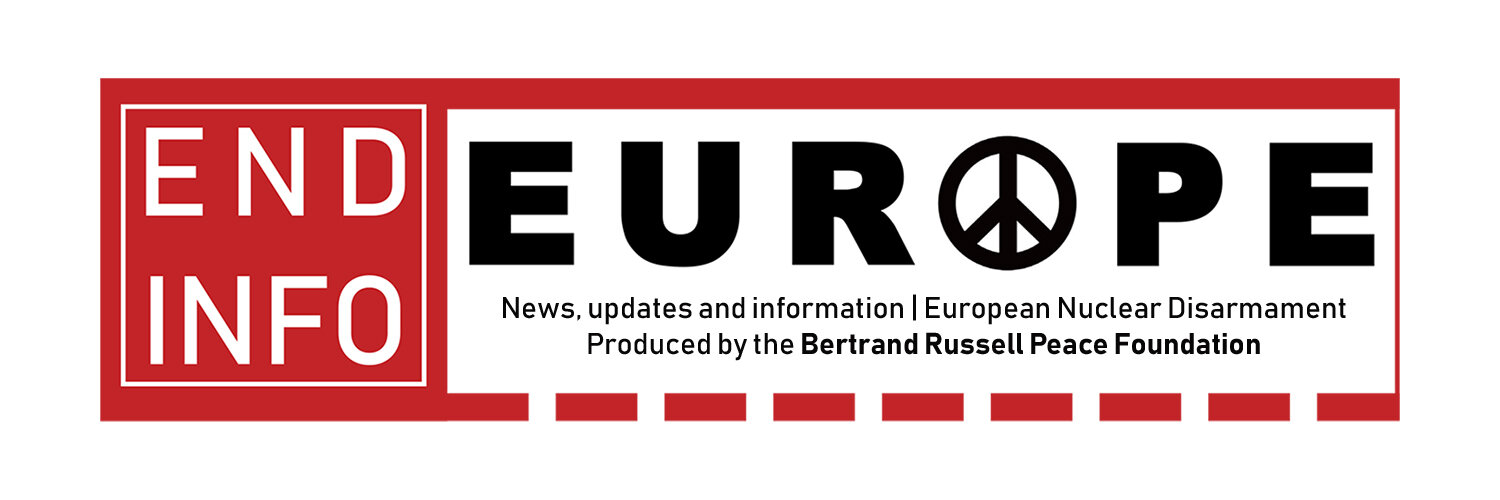New START in peril
At the end of September, 2020, President Donald Trump ordered his military to assess how quickly it could bring nuclear weapons out of storage and load them onto bombers and submarines. The reason for this instruction and the motive behind publicising it is inextricably linked to Trump’s attempts to sabotage yet another nuclear treaty: New START.
Such a move signals a deliberate increase in already sky-high nuclear tensions. Is the US serious about negotiating an extension to this vital treaty, which aims to limit the number of deployed warheads? Or is it the case that the US’s most recent conduct is part of an overall strategy to tear up the global order of treaties and agreements regulating nuclear weapons?
We hope that the former, rather than the latter, is the case but there is little evidence to support such hopes. Hope comes from a different source: the continued willingness of Russia to remain diplomatically flexible in the face of shifting US demands.
At the time of writing, it has been announced that New START may enjoy a twelve month extension, following further intervention from Russian Foreign Minister Lavrov. On 20 Oct, Lavrov issued a statement clarifying Moscow’s offer, saying that Putin envisioned a one-year extension as well as a freezing of nuclear warheads by each side.
“This position of ours may be implemented only and exclusively on the premise that ‘freezing’ of warheads will not be accompanied by any additional demands on the part of the United States,” Lavrov said. “Were this approach to be acceptable for Washington, then the time gained by the extension of the New START Treaty could be used to conduct comprehensive bilateral negotiations on the future nuclear and missile arms control that must address all factors affecting strategic stability.”
We hope that this approach is acceptable and that Trump’s replacement as President of the United States approaches this and related issues in a more measured and constructive fashion.
Meanwhile, whilst agreement to ‘freeze’ the overall number of deployed warheads is welcome, recent developments and the deployment of ‘low-yield’ nuclear warheads (sometime referred to as ‘useable’) by the US is a major source of concern.
